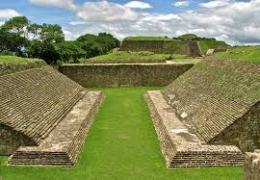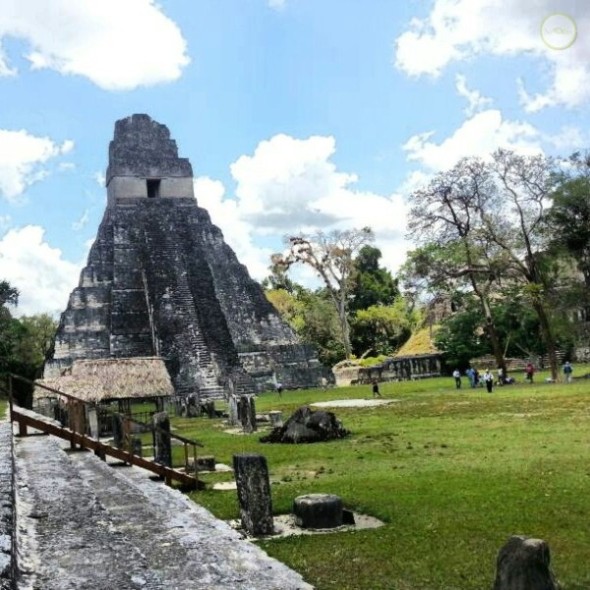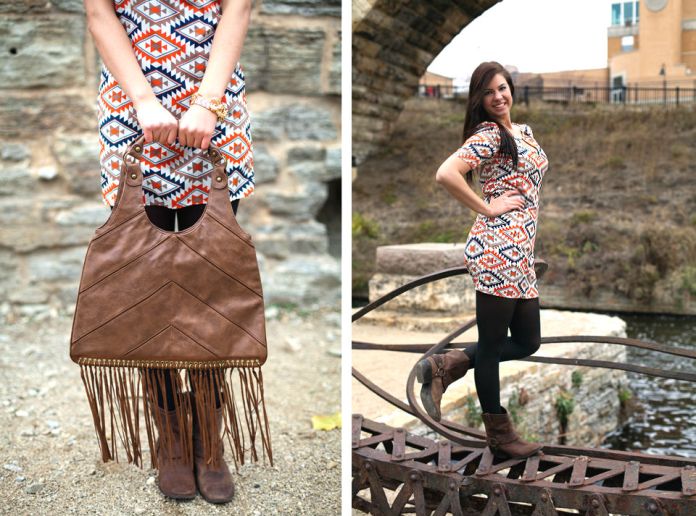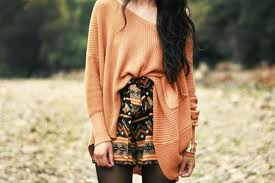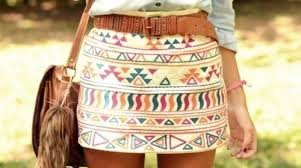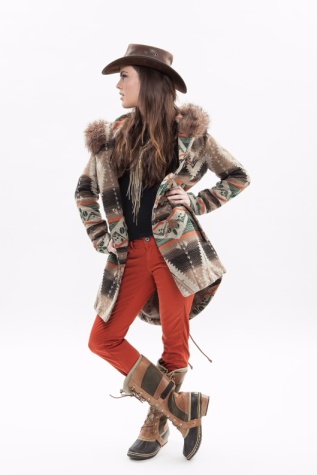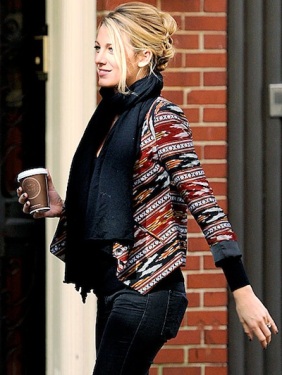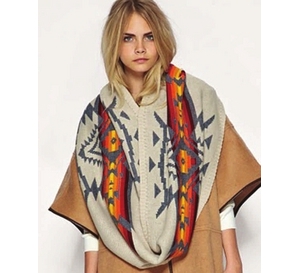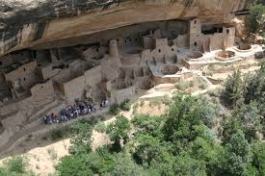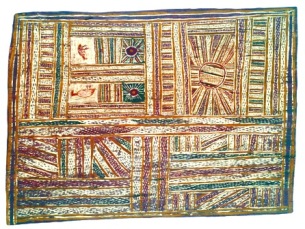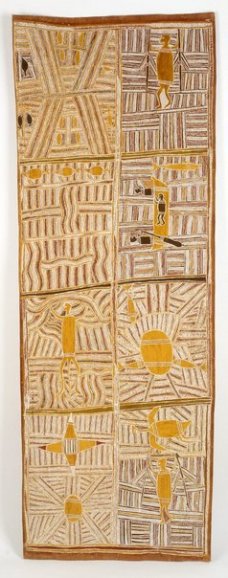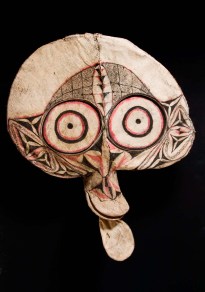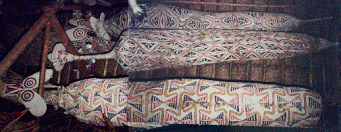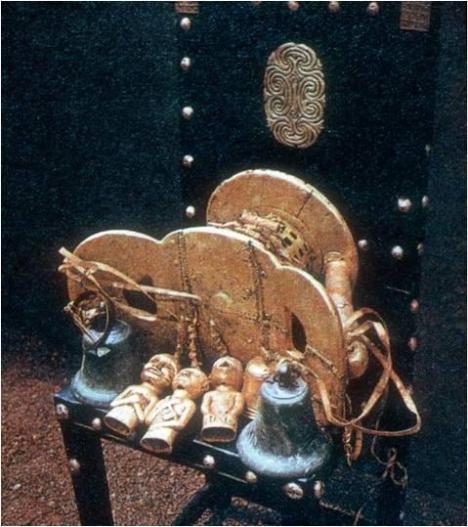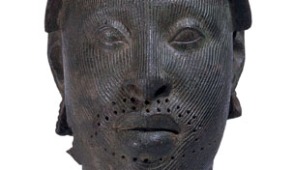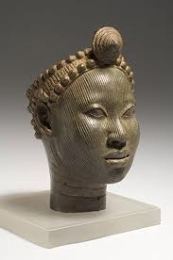Going into learning about the arts of Africa, Oceania and the Americas – I think I did have preconceived ideas about what I would be learning and seeing. I expected cave paintings, paintings or drawings on rocks – I was thinking much too simple and had a very narrow sense of what art really is or what it can be. I learned that art can be so many things and produced in so many different ways for different purposes. Art can be made for everyday objects, to signify strength and courage, to show rank or order to a man/family. It can be in statues, masks, relics, stools, or other objects for religious and spiritual reasons. I learned that art is not about sitting down and producing art. It can be a way of life. When we started learning about the pyramids in meso america, I have to be honest- I didn’t know they even existed. I thought only Ancient Egyptians built pyramids. Sounds very silly now, but like I said before I really had a narrow vision of what art was, and never really experienced much to know any different. There are several places I would like to visit someday- take my children and revel in the beauty and craftsmanship of what these people were able to accomplish with such limited supplies/tools and technology. This may be why I am so open to historical landmarks and sites being open to the public because I would like to experience being there in person, and to have my children experience it first hand. There is so much more to the world than what we see everyday, or perhaps we are not always looking. I’d like to share this experience with my children because they probably have similar preconceived notions about art, and now that I know differently isn’t it my job as a parent to open their eyes to this as well?

